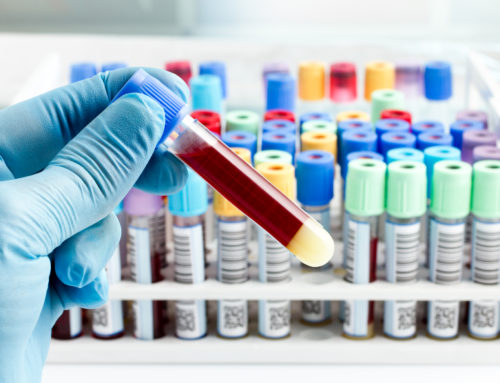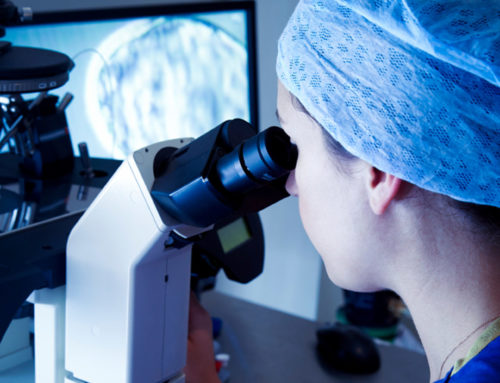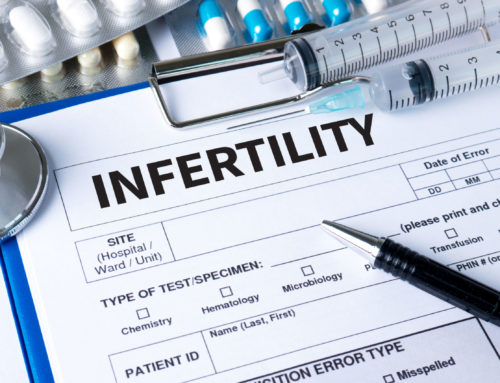In Vitro Fertilization (IVF) + eSET
Typically speaking, a woman undergoing In Vitro Fertilization (IVF) will receive fertility medications that stimulate her ovaries to develop more than one egg at a time. We will attempt to fertilize in our laboratory all the eggs we collect.
The fertilized eggs will be monitored to see if any develop into viable embryos. We may even send some out to be tested for genetic disorders (PGD), mutations (PGS) or to select only embryos possessing the desired gender (PGD/PGS).
Once development has taken place and testing is complete (optional), there may be a number of healthy embryos available to be transferred into the uterus where it will hopefully attach to the uterine lining and grow into a baby girl or boy.
The number of embryos to transfer is a choice that will be discussed with you in detail. Elective Single-Embryo Transfer (eSET) is when only a single embryo is chosen for transfer when multiple embryos are available.
Why only a single embryo?
1. Avoid having twins and multiples
2. Preserve opportunity for future children without having to undergo egg recruitment and anesthesia
Transferring more than one embryo increases the chance of having a multiple pregnancy (twins, triplets, etc.). With eSET, only one embryo is transferred, thereby eliminating altogether the possibility of multiples.
eSET also allows for the cryopreservation of remaining embryos for later use in what is called a Frozen Embryo Transfer (FET) IVF cycle. In this way, if a patient decides to have more children in the future, healthy embryos are already available. The process is much simpler and considerably shorter. Additionally, there will be no need for fertility drugs that stimulate the ovaries and no need to go under anesthesia.
How is the best embryo chosen?
Our embryologist grades each fertilized egg that has developed into an embryo based on its appearance. She looks at the number and size of cells, the rate of development, and other factors depending on whether the embryo is being evaluated in the cleavage or the blastocyst stage.
If you have elected to genetically test the embryos for genetic disorders (PGD), chromosomal mutations (PGS) and/or gender (PGD/PGS), those tests will greatly influence which single embryo will be transferred and which can be frozen (optional) for later use if the first attempt fails to develop to a full term baby or if additional children are wanted in the future.
It is important to note that the decision whether to have additional children in the future does not have to be made immediately.
Other Types of IVF:
-
IVF + Frozen Embryo Transfer (FET)
-
IVF + Intracytoplasmic Sperm Injection (ICSI)
-
IVF + Egg Donor
-
IVF + Donor Sperm
-
Natural IVF





